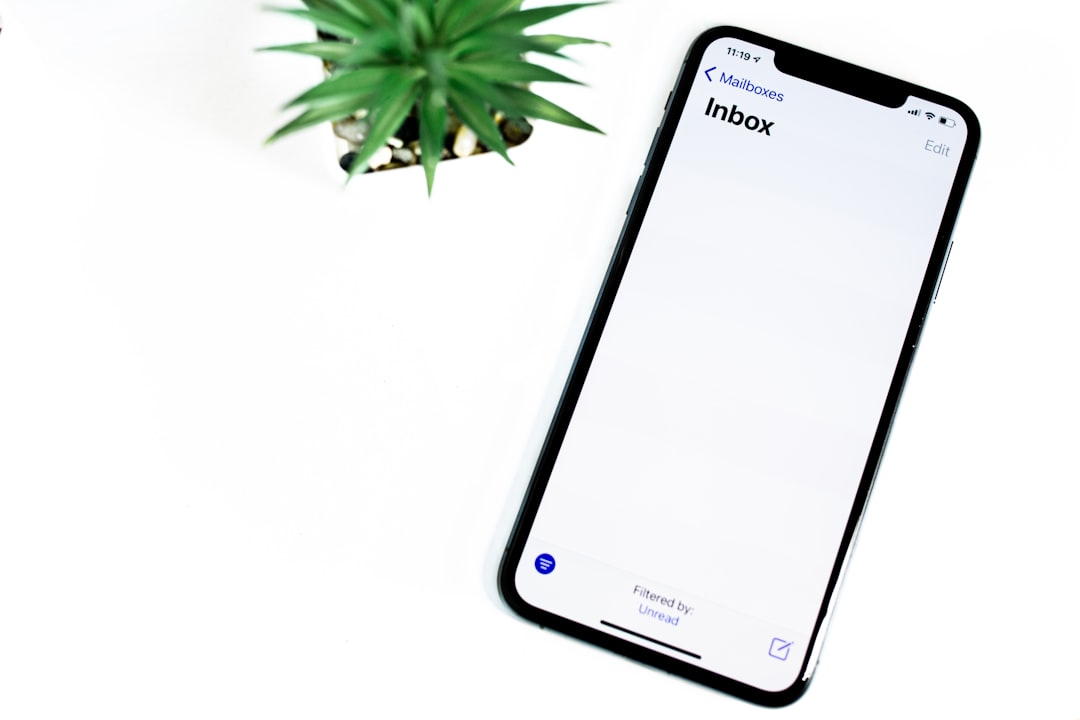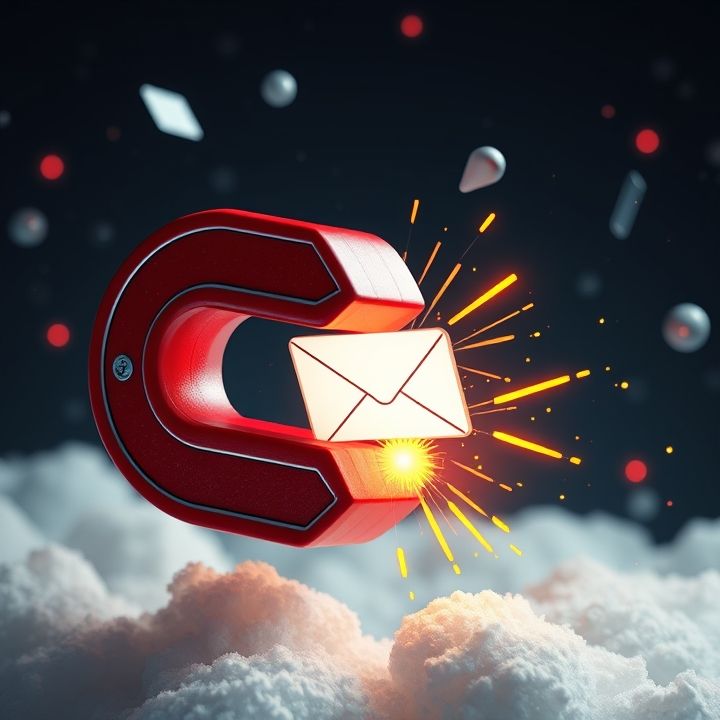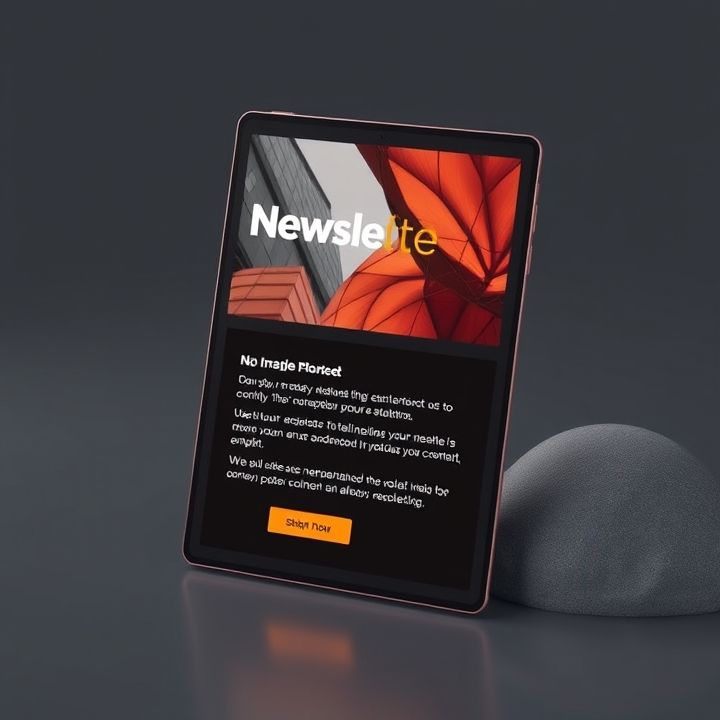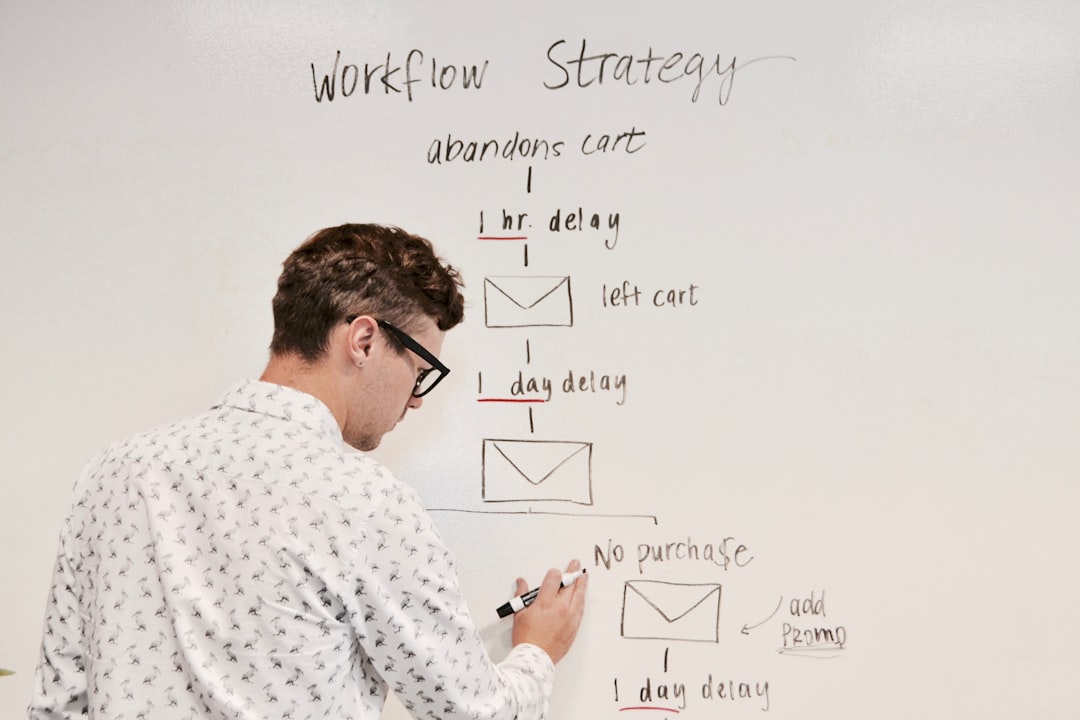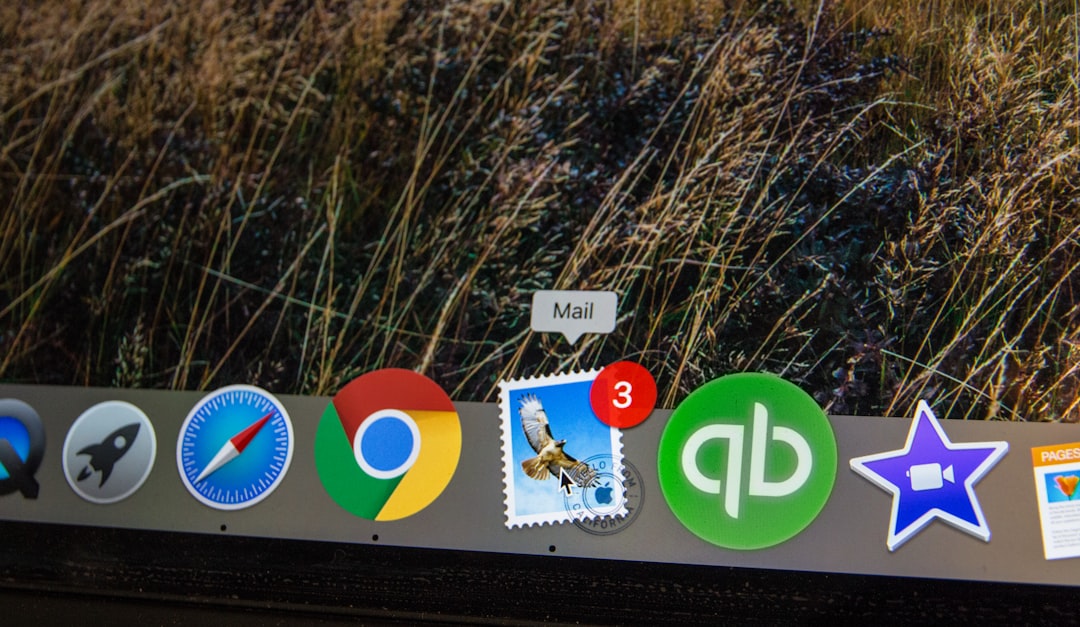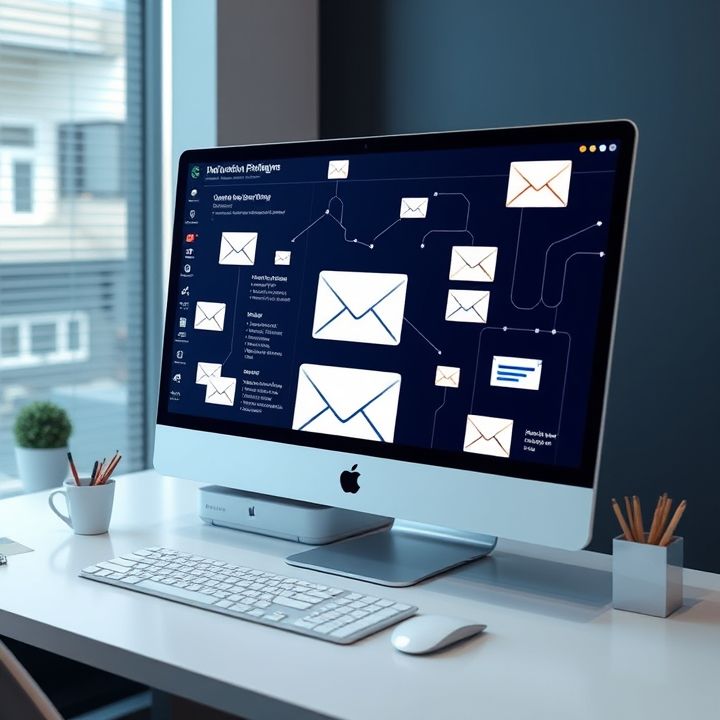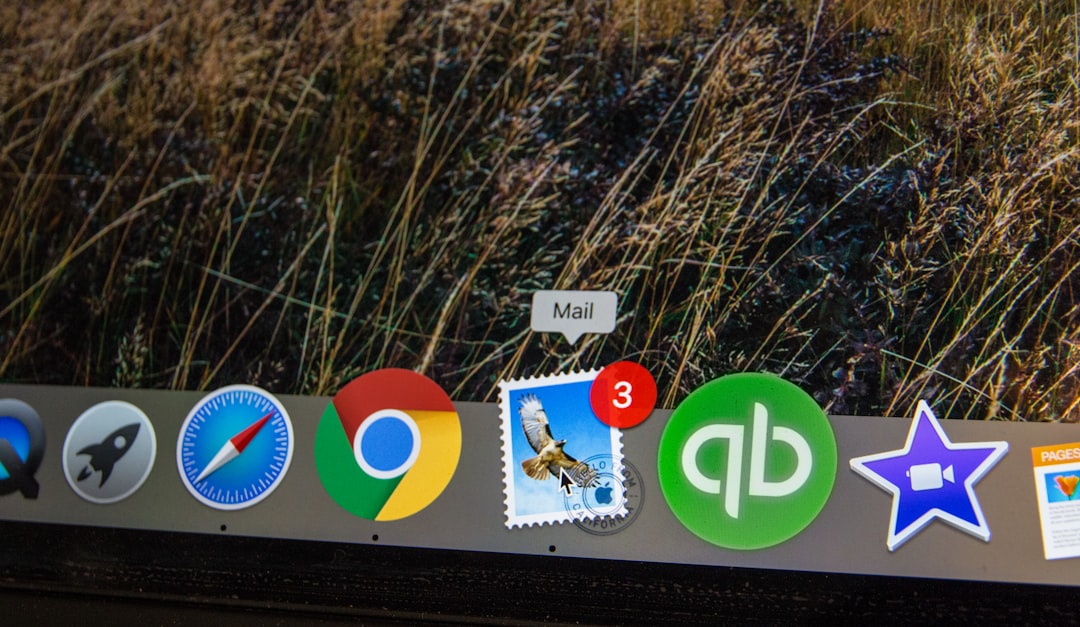Table of Contents
- Introduction
- Identifying inactive subscribers using engagement metrics
- Segmenting your email list based on activity levels
- Crafting re-engagement campaigns to win back subscribers
- The importance of regular email list cleaning
- Strategies for effective win-back incentives
- Automation tools for managing email list hygiene
- Monitoring and analyzing re-engagement campaign success
- Best practices for maintaining long-term subscriber engagement
- Conclusion
- Frequently Asked Questions
Introduction
In the digital age, a well-maintained email list can be the heart of a successful marketing strategy. Yet, many find their subscriber lists dwindling, struggling to keep up with engagement rates and efficiency. Imagine, however, if you could unlock the secret to not only maintaining but also thriving with your email campaigns? The answer might just be simpler than you think: mastering email hygiene.
Just like a garden, an email list requires attention and care. Without regular maintenance, dead leads, inactive subscribers, and unpleasant spam engagements can overrun your efforts. This article will guide you through the keys to cultivating a clean and effective email list, so those lost subscribers find their way back to you.
Leverage email hygiene strategies to enhance your communication and rebuild connections. You’ll learn techniques to improve deliverability, increase engagement, and reclaim unresponsive subscribers. Here’s a glance at the critical aspects:
| Key Aspect | Impact |
|---|---|
| Quality Content | Drives engagement |
| Regular List Cleaning | Enhances deliverability |
| Subscriber Segmentation | Increases relevance |
Ready to dig deeper? Read on to discover how these aspects can transform your email marketing efforts into a thriving success!
Identifying inactive subscribers using engagement metrics
Identifying inactive subscribers is crucial for maintaining email list hygiene, and engagement metrics play a key role in this process. By analyzing metrics such as open rates, click-through rates, and the frequency of interactions, you can determine which subscribers are not engaging with your content.
Open rates indicate whether recipients are even opening your emails, while click-through rates show if they are interacting with the links within. A decrease in these metrics over time is a red flag for disengagement.
Additionally, consider the last time a subscriber made a purchase or visited your website, as this can be crucial in assessing their interest level.
Advanced tools and CRMs allow you to automate the tracking of these behaviors, providing reports on who among your subscribers is less active. Setting a benchmark for what constitutes an ‘inactive’ subscriber within your organization ensures consistency.
Once inactive users are identified, they can be segmented for targeted re-engagement campaigns or removed, if appropriate, to improve overall list health. This thoughtful segmentation ensures more effective communication and a higher return on your email marketing efforts.
Segmenting your email list based on activity levels
Segmenting your email list based on activity levels is an essential strategy for maintaining a healthy subscriber base and maximizing engagement. By categorizing your subscribers into active, inactive, and highly engaged groups, you can tailor your content and communication strategies more effectively. These segments allow you to send personalized messages to each group, increasing the chances of re-engaging inactive subscribers or rewarding loyal ones.
For instance, active subscribers can receive regular newsletters and updates, while highly engaged users might appreciate exclusive offers or early access to content. In contrast, for inactive subscribers, a re-engagement campaign might be necessary. This could include sending a targeted email sequence that encourages interaction or offers incentives to reignite their interest.
Monitoring and updating these segments regularly is crucial. Use metrics such as open rates, click rates, and purchase history to continually assess subscriber engagement levels. This ongoing process ensures that your email campaigns remain relevant and effective, ultimately leading to improved customer relationships and higher conversion rates. By focusing on activity levels, you can better allocate resources and craft more strategic communication plans that resonate with each segment.
Crafting re-engagement campaigns to win back subscribers
Crafting re-engagement campaigns is essential for revitalizing your email list and reconnecting with inactive subscribers. A strategic approach begins by segmenting your list to identify subscribers who haven’t interacted with your emails over a specific period. Once identified, craft compelling content that reignites their interest. Personalization is key, so tailor your messaging by addressing subscribers by name and referencing their past interactions, if possible.
Incentives such as exclusive discounts or early access to new features can be effective in drawing attention. However, it’s equally important to remind them of the value they initially found in your offerings through testimonials, success stories, or updates relevant to their interests. Another tactic involves simply asking for feedback. Sometimes, straightforward communication about the intent to improve based on their input can re-engage subscribers by making them feel valued and heard.
Utilizing different channels, such as social media, alongside emails, serves to enhance your effort by reaching subscribers where they are most active. Ultimately, the goal of a re-engagement campaign is to understand your audience better and continue the relationship on a positive and productive note.
The importance of regular email list cleaning
Regular email list cleaning is crucial for maintaining a healthy email marketing strategy. Over time, email lists can accumulate inactive or disengaged subscribers, which can negatively impact your campaign performance. When you consistently clean your list, you ensure that your emails are only sent to those who are genuinely interested, improving your engagement metrics such as open rates, click-through rates, and conversions.
Moreover, having a healthy email list helps in maintaining a good sender reputation, which is essential for effective email delivery. Internet Service Providers (ISPs) pay close attention to your engagement rates, and if a majority of your recipients are inactive, your emails might land in the spam folder, not reaching the intended audience. Cleaning your list regularly not only reduces costs by lowering unnecessary email sends but also increases the ROI of your campaigns.
By saying goodbye to inactive subscribers, you’re fostering a more engaged audience that is more likely to interact with your content and offers. This proactive approach allows marketers to focus on building strong relationships with subscribers who are genuinely interested in what they have to offer, ultimately leading to better results and business growth.
Strategies for effective win-back incentives
Crafting effective win-back incentives is crucial for re-engaging inactive or disengaged subscribers on your email list. The first step involves understanding subscriber preferences and behavior patterns by analyzing data such as open rates, click-through rates, and past purchase history. Tailoring incentives to individual preferences can significantly increase the chances of re-engagement.
Offering exclusive discounts or early access to new products are often effective in capturing the attention of disengaged subscribers. These incentives not only add value but also make the subscribers feel special and valued.
Another strategy is to personalize the communication by addressing the subscriber by their name and referencing past interactions or purchases. This creates a sense of familiarity and connection, enhancing the likelihood of the subscriber re-engaging with your content.
Implementing a sense of urgency can also be effective. Time-sensitive offers or bonuses for quick action can motivate subscribers to engage sooner rather than later. However, it’s important to not overuse this tactic, as it could lead to distrust or fatigue.
Lastly, providing a feedback mechanism allows subscribers to voice their opinions. This not only helps improve your strategy but also makes subscribers feel heard, further fostering engagement.
Automation tools for managing email list hygiene
Maintaining a healthy email list is crucial for any successful email marketing strategy, and automation tools play a pivotal role in this process. These tools are designed to streamline and simplify the task of managing email list hygiene, reducing manual effort and increasing efficiency. From identifying inactive subscribers to segmenting your list based on engagement levels, automation allows marketers to keep their lists clean and targeted.
Email marketing platforms like Mailchimp, ConvertKit, and SendinBlue offer automated features that track subscriber engagement metrics. These tools can automatically tag, sort, and filter subscribers based on activity, allowing you to identify those who haven’t opened or clicked on emails for an extended period. With this information, you can set up automated re-engagement campaigns or remove inactive subscribers to ensure your list remains relevant and engaged.
Additionally, automation tools can handle tasks such as double opt-in processes and ensuring compliance with data privacy regulations, further enhancing list hygiene. By leveraging these technologies, businesses can maintain a more focused and effective email strategy, targeting the right audience with the right message, ultimately leading to higher conversion rates and reduced bounce rates.
Monitoring and analyzing re-engagement campaign success
Monitoring and analyzing the success of a re-engagement campaign is crucial to understanding how well it has performed and to guide future strategies. The first step is to track key performance metrics such as open rates, click-through rates, and conversion rates. These metrics provide insights into how effectively your campaign is capturing the attention of inactive or disengaged subscribers.
Utilizing email marketing analytics tools can be invaluable in assessing these metrics. Such tools offer a comprehensive view of subscriber interactions, making it easier to identify patterns and trends. Another strategy is A/B testing, which involves sending different versions of emails to segmented groups to determine which variant performs better. This enables marketers to refine their approach and improve engagement rates.
Furthermore, analyzing the re-engagement campaign involves looking at the long-term impact on your email list. Are the re-engaged subscribers continuing to stay active, or do they eventually return to being inactive? This evaluation can inform whether additional re-engagement efforts are needed or if different tactics should be employed. Monitoring unsubscribe rates post-campaign can also provide insights into whether the re-engagement content resonates with the audience. By comprehensively analyzing these elements, you can fine-tune your strategies and ensure the ongoing health of your email list.
Best practices for maintaining long-term subscriber engagement
Maintaining long-term subscriber engagement requires a strategic approach that focuses on personalization, value, and consistency. To start, make sure your emails are personalized and segmented to cater to the specific interests and behaviors of your subscribers. This not only makes your content more relevant to them but also increases the likelihood of engagement. Use data analytics to understand their preferences and tailor your messages accordingly.
Deliver value with every email by providing useful, engaging, and unique content. This could be in the form of informative articles, special offers, or exclusive insights that your audience would find beneficial. Your goal is to make them eagerly anticipate your next communication.
Consistency is also crucial in maintaining engagement. Establish a regular schedule for your email campaigns, so your audience knows when to expect content from you. However, ensure you are not overwhelming them with too many messages, as this could lead to disengagement.
Lastly, seek feedback from your subscribers to continuously improve your content and strategy. Regularly analyze metrics such as open rates and click-through rates to gauge engagement levels and make necessary adjustments. By effectively managing these elements, you can maintain a robust and engaged subscriber list over the long term.
Conclusion
In conclusion, mastering email hygiene and strategically re-engaging lost subscribers is essential for maintaining a thriving email list. The implementation of effective segmentation, personalized re-engagement campaigns, and tailored win-back incentives can significantly enhance subscriber engagement and return. Key to this process is the regular cleaning of your email list, ensuring that your marketing efforts are focused only on those genuinely interested in your content, thereby improving campaign outcomes and maintaining a strong sender reputation. Automation tools further streamline this task, allowing for efficient list management and compliance with data regulations. By continuously monitoring and analyzing engagement metrics, businesses can fine-tune their approach, fostering long-lasting relationships with subscribers. Keep your content meaningful and personalized, deliver consistent value, and regularly assess performance metrics to maintain a robust subscriber base. Embrace the power of a well-maintained email list to drive higher engagement, better conversion rates, and an overall successful email marketing strategy.
